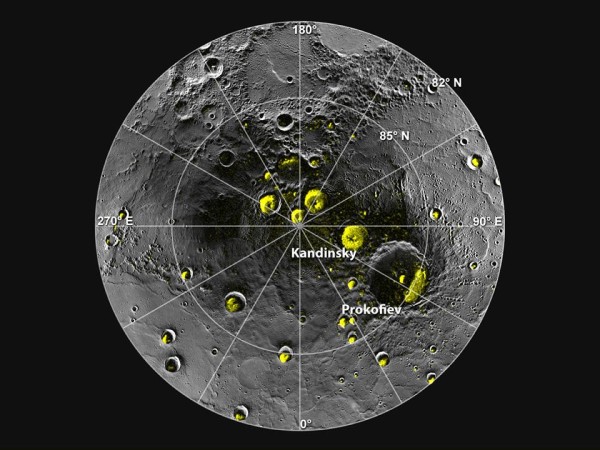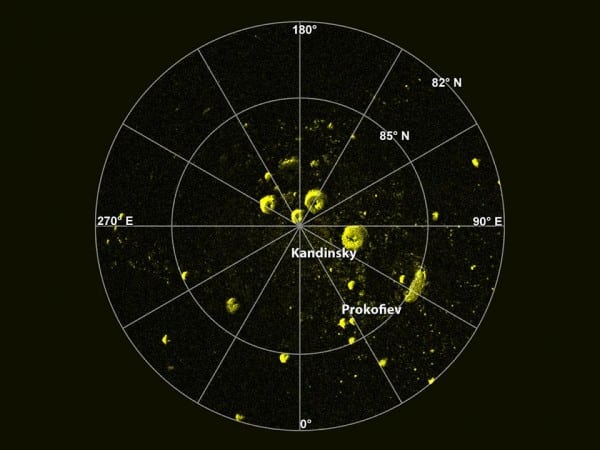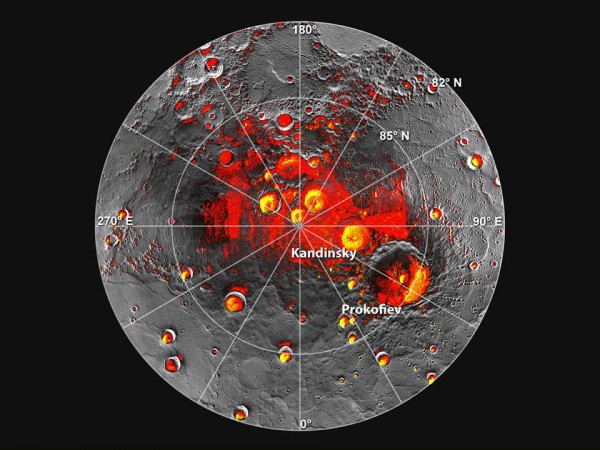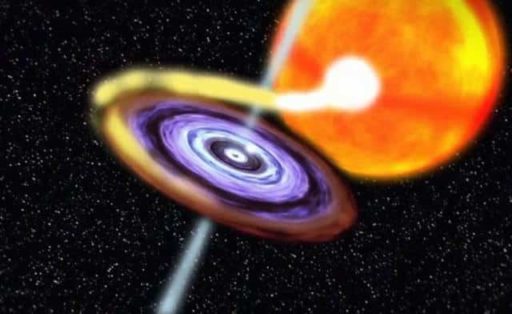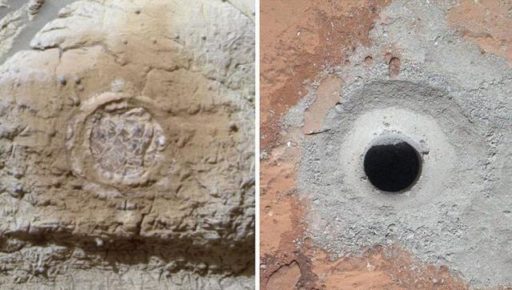NASA’s robotic spacecraft MESSENGER (an acronym of MErcury Surface, Space ENvironment, GEochemistry and Ranging) successfully entered Mercury‘s orbit on March 18, 2011. Since then, it has been studying the planet’s chemical composition, geology, and magnetic field. Earlier, MESSENGER explored vast chemical diversity on Mercury’s surface. The latest news is, MESSENGER has found some new evidence for water ice at Mercury’s poles.
Space craft MESSENGER has been feeding back the best images of Mercury since March 2011. Now, based on the latest images, scientists have found that the planet (Mercury) holds billions of tonnes of water ice at its north pole. A report in Science magazine shows evidence from the MESSENGER spacecraft that craters in constant shadow host water. On the other side, two more papers titled as “Thermal Stability of Volatiles in the North Polar Region of Mercury” and “Bright and Dark Polar Deposits on Mercury: Evidence for Surface Volatiles“published in Science magazine show huge reserve of ice underneath an insulating layer of dark material which is rich in organic and “volatile” molecules.
For long, based on the images sent by the MESSENGER, scientists have been speculating that there is water on Mercury, but they were not sure. Now, the principal evidence for Water Ice has come from MESSENGER’s “neutron spectrometer”, that is able to detect the subatomic particle neutrons when they stream from Mercury. According to Sean Solomon, principal investigator of MESSENGER, the craft counted neutron and showed that there were vast amounts of Hydrogen in specific places at Mercury’s pole, consistent with deposits of water. Later measuring the planet’s pole using a laser it was found that the water were not in liquid form; rather they were in solid (ice) form covered with a layer of dark material.
David Lawrence, a MESSENGER participating scientist mentioned, “We estimate from our neutron measurements the water ice lies beneath a layer that has much less hydrogen. The surface layer is between 10 and 20 centimeters (4-8 inches) thick.” He has claimed that there is 100 billion to 1 trillion tons of ice on Mercury if “spread over an area the size of Washington, D.C., (the ice) would be more than two miles thick.”.
Source: NASA
[ttjad keyword=”gps-device”]

